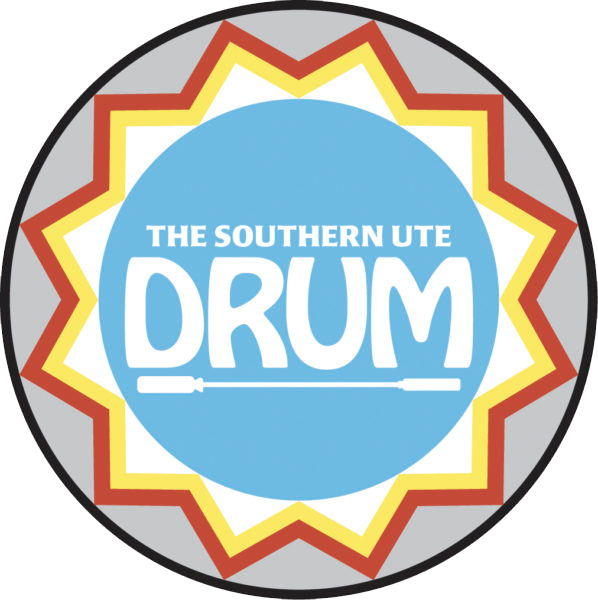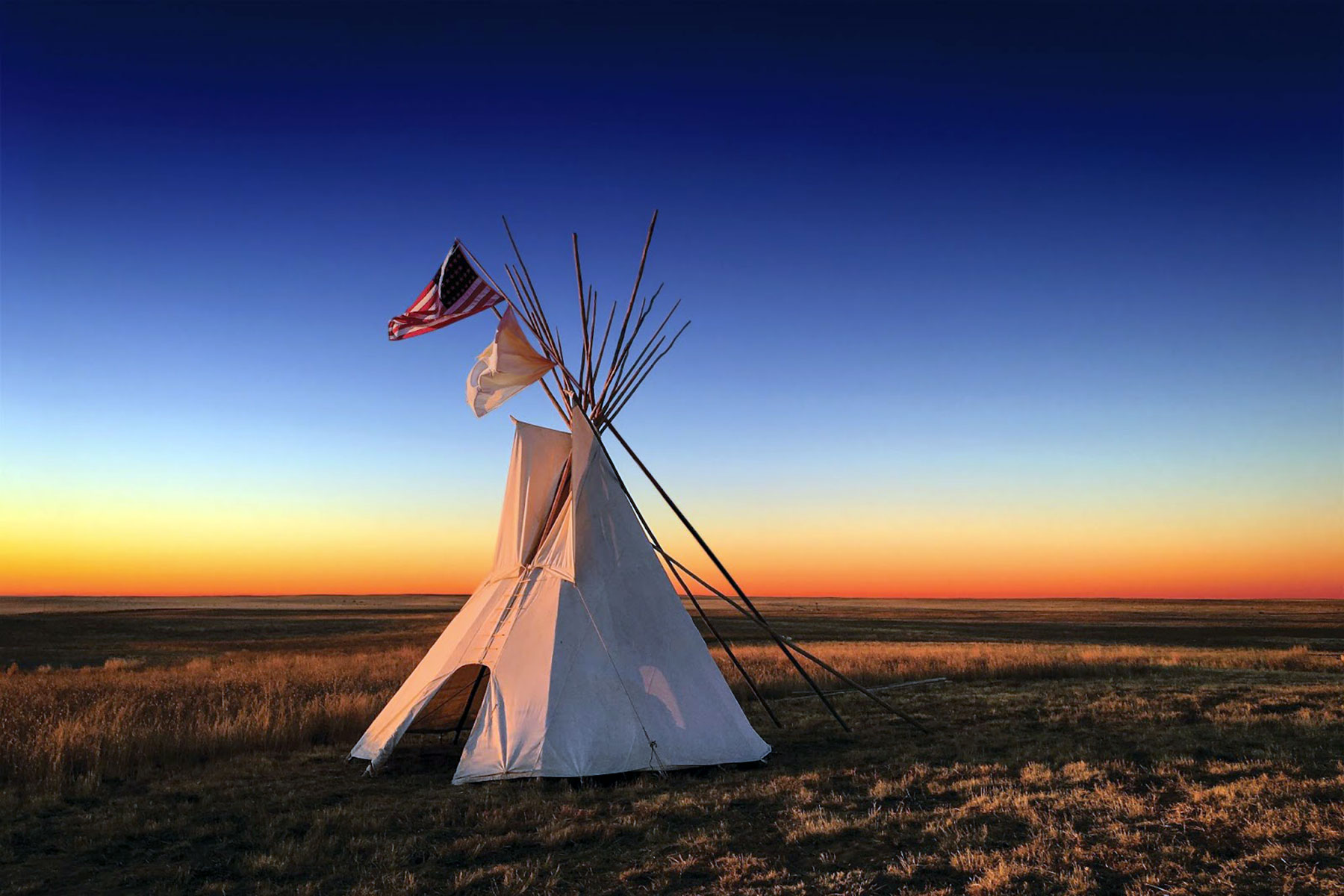Exhibition opens in Denver this November
A new exhibition “The Sand Creek Massacre: The Betrayal that Changed Cheyenne and Arapaho People Forever,” opens at the History Colorado Center in Denver, Saturday, Nov. 19. The exhibition will recount the deadliest day in Colorado history – Nov. 29, 1864 – when U.S. troops brutally attacked a peaceful village of Cheyenne and Arapaho who were promised military protection. More than 230 women, children, and elders were killed. The exhibition is being made in deep consultation with representatives from the Cheyenne and Arapaho tribes. For the first time, History Colorado will be telling the full story of the Sand Creek Massacre based on tribal accounts and oral histories from the descendants of those who survived that terrible event.
“This exhibition will include information about the lives of the Cheyenne and Arapaho people before the massacre, life today, and our efforts to remember the massacre,” explains Fred Mosqueda (Southern Arapaho), a tribal historian and Sand Creek descendant.
The exhibition is the result of a ten-year partnership process beginning in 2012 between History Colorado and the three tribal nations. This new project spotlights the living culture of the Cheyenne and Arapaho, two separate tribes with distinct histories that were bound together forever after the tragedy at Sand Creek. After the massacre, the Cheyenne and Arapaho people were forced to leave Colorado. Today they exist as three sovereign tribal nations in Montana, Oklahoma, and Wyoming. The exhibit ends with a look at the three Cheyenne and Arapaho nations today, and represents ongoing efforts to commemorate, educate, and heal from the Massacre.
“It was genocide. We need to educate the people and heal our people so that something like this won’t happen again,” said Chester Whiteman (Southern Cheyenne), “I hope this exhibit will get people to understand that we’re all human.”
“The Sand Creek Massacre is sacred,” said Gail Ridgely (Northern Arapaho). “Historic remembrance, educational awareness, and spiritual healing are very important for the Cheyenne and Arapaho people.”
- The exhibition will enable visitors to experience:
- Historic and contemporary objects exploring Cheyenne culture and traditions;
- Photos and artifacts representing Arapaho people from the nineteen hundreds to today;
- Tipis constructed in Cheyenne and Arapaho styles;
- A listening station for oral histories of Cheyenne and Arapaho descendents of the Massacre;
- A listening station for letters written by soldiers who heroically refused their orders to attack the peaceful Cheyenne and Arapaho camp;
- Historical documents from congressional and military investigations that took place following the Massacre;
- The powerful story of the Sand Creek Massacre Spiritual Healing Run that goes from the massacre site to Denver each year;
- The location and creation of the Sand Creek Massacre National Historic Site, a unit of the National Park Service, and;
- Contemporary sovereignty stories from tribal communities in Montana, Wyoming, and Oklahoma.
Each exhibition element is being vetted and approved by tribal representatives. Following proper protocol, this consultation with the three sovereign tribal governments ensures the display respects the memories of the victims. In fact, at the request of the tribes, no artifacts from the day or site of the Massacre will be in the exhibition.
History Colorado’s co-creators and designated tribal representatives include: Otto Braided Hair, Jr. of the Northern Cheyenne Tribe of the Northern Cheyenne Reservation, Montana; Ben Ridgley, Gail Ridgely, and Ryan Ortiz of the Northern Arapaho Tribe of the Wind River Reservation, Wyoming; and Fred Mosqueda, Chester Whiteman and Eugene Blackbear of the Cheyenne and Arapaho Tribes, Oklahoma.
The exhibit team is also consulting with other scholars on the Massacre’s national significance, including Dr. Ari Kelman, author of A Misplaced Massacre: Struggling Over the Memory of Sand Creek (Harvard, 2015); Dr. Alexa Roberts, the first Superintendent of the Sand Creek Massacre National Historic Site; and Dr. Laurie Arnold (Sinixt Band of the Colville Confederated Tribes), director of Native American Studies at Gonzaga University. “It’s been great to work with Dr. Kelman and Dr. Roberts, who are walking textbooks on the Sand Creek Massacre, to strengthen this exhibition,” said Ridgely.
“We’ve had difficult times in the past with History Colorado. This exhibition shows commitment and dedication,” stated Otto Braided Hair, Jr. (Northern Cheyenne). In 2012, History Colorado opened a previous exhibit to chronicle the Sand Creek Massacre. Due to inadequate tribal consultation, the exhibit closed.
Since then, History Colorado staff have worked closely with the descendants of the Massacre’s victims to repair and re-establish relationships. Exhibition research and consultation is ongoing and includes dozens of phone and in-person meetings as well as trips to each of the three tribal communities. This collaboration has been highly productive and ensures the exhibition will properly honor tribal perspectives and represent the Cheyenne and Arapaho’s distinct cultures, traditions, and history.
“The Sand Creek Massacre is a Colorado tragedy with national importance,” said Sam Bock, historian and lead exhibit developer for this exhibition. “The soldiers who attacked the peaceful camp were U.S. troops, raised under the Union banner during the Civil War. Their goal was to exterminate the original people of this land.”
“We have to acknowledge our history – including the darkest chapters – in order to heal and move forward,” said U.S. Senator John Hickenlooper, who as Governor formally apologized for the Sand Creek Massacre on behalf of the State of Colorado. “This exhibit will ensure we never forget the horrific atrocity at Sand Creek, and by doing so help prevent us from repeating it.”
Commemorative efforts are ongoing in Colorado, and since 1999 have included the Sand Creek Massacre Spiritual Healing Run from the massacre site to Denver each fall. In 1909, a now-removed statue at Colorado’s state capitol incorrectly referred to the massacre as a battle. In 2002, the state installed a second plaque explaining that the atrocity was a massacre and not a battle. Members of the Cheyenne and Arapaho tribes are currently working with the Colorado Commission of Indian Affairs on a memorial at the Colorado State Capitol that will signify the resilience of tribal people in the face of the losses they endured.
“The Sand Creek Massacre exhibition will demonstrate that people can work humbly together to remember and begin to heal from atrocities and betrayals such as this,” said Shannon Voirol, Sand Creek Massacre project director at History Colorado. “It will also offer universal, timely lessons that fear, racism, and stereotyping can, and do, lead to catastrophic consequences.”
“The Sand Creek Massacre: The Betrayal that Changed Cheyenne and Arapaho People Forever” was made possible by substantial grants from the National Endowment for the Humanities, the Institute of Museum and Library Services. The exhibition will open to the public, Saturday, Nov. 19.

